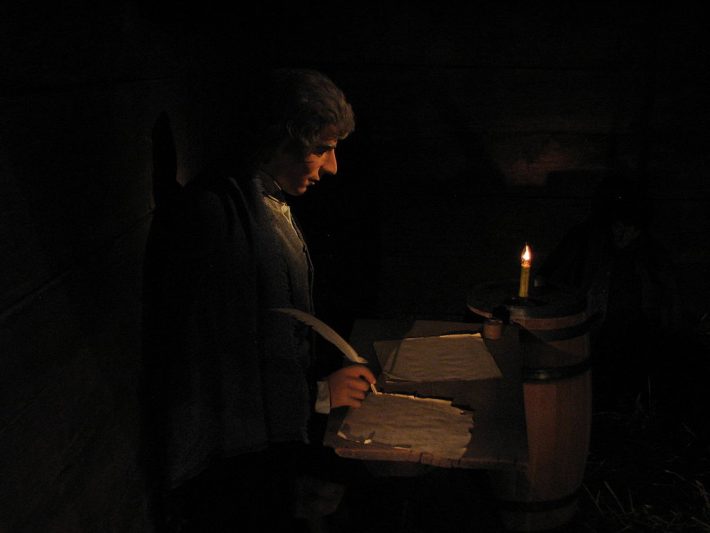1 Nephi 10 opens with talk of his ministry:
And now I, Nephi, proceed to give an account upon these plates of my proceedings, and my reign and ministry; wherefore, to proceed with mine account, I must speak somewhat of the things of my father, and also of my brethren.
“Ministry” is an odd word. It has certain contemporary connotations that I’m not sure existed in earlier periods. It has to do with the Protestant notion of the “priesthood of all believers.” It’s is something Evangelicals do when they witness (another term with significant contemporary connotations); it’s something Mormon missionaries do when they visit you. Yet I wondered what it historically meant, so I did some checking.
The English word “ministry” dates, according to the handy online etymological dictionary, from
1382, “function of a priest,” from L. ministerium “office, service,” from minister (see minister). Began to be used 1916 as name of certain departments in British government. (Source)
So it’s certainly in keeping with a more general usage of the term. While many Protestant pastors would be livid at the suggestion that they function as a priest when they minister, that would be largely mitigated by the Protestant formulation of the “priesthood of all believers.”
The first use of “ministry” in the King James (the predominant Bible of Joseph Smith’s time) is Numbers 4.11-13
And upon the golden altar they shall spread a cloth of blue, and cover it with a covering of badgers’ skins, and shall put to the staves thereof:
And they shall take all the instruments of ministry, wherewith they minister in the sanctuary, and put them in a cloth of blue, and cover them with a covering of badgers’ skins, and shall put them on a bar:
And they shall take away the ashes from the altar, and spread a purple cloth thereon:
“Minster” and “ministry” certainly does have the enotation of religious duty here. Probably a textbook example of ministerium.
Later, Hosea speaks of the ministry of the prophets:
And I that am the LORD thy God from the land of Egypt will yet make thee to dwell in tabernacles, as in the days of the solemn feast.
I have also spoken by the prophets, and I have multiplied visions, and used similitudes, by the ministry of the prophets.
Is there iniquity in Gilead? surely they are vanity: they sacrifice bullocks in Gilgal; yea, their altars are as heaps in the furrows of the fields. (Hosea 12.9-11)
A prophet was not a priest, so this would tend to indicate a slightly different usage. Generally speaking, a prophet’s ministry would be to tell the people what they were doing wrong, that God was angry with them and was going to take some kind of vengeance. That’s certainly more along the line of “ministry” in some denominations, and I guess it’s the role of an Old Testament priest as well. Different connotations, but minimal.
The obvious question is whether or not the same Hebrew word has been translated “minister” in Hosea and Numbers. I could check easily enough, but what’s the point? I can’t compare it to the original word used in the Book of Mormon because God unfortunately took the best proof of his Mormon gospel back to heaven.
All the same, the connotation of the usage of “ministry” in 1 Nephi 10.1 seems, at best, slightly anachronistic.
Chapter ten also includes a prediction: “Yea, even six hundred years from the time that my father left Jerusalem, a prophet would the Lord God raise up among the Jews-even a Messiah, or, in other words, a Savior of the world.” The bulk of chapter ten deal with prophecies about John the Baptist and Jesus, specifically the former’s baptizing ministry (there’s that word again) and the latter’s initial encounter with him.
If only we God had left behind the original plates, here’s all the proof we’d need of both Jesus’ Messiahship and the Book of Mormon’s legitmacy. Right?

